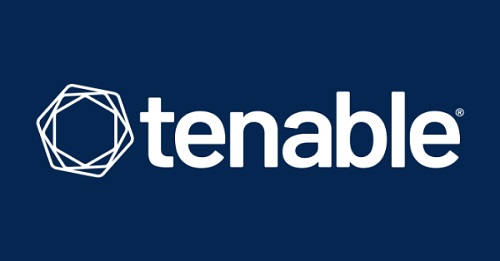Tenable released its annual 2022 Threat Landscape Report, which validates the persistent threat posed by known vulnerabilities – those for which patches have been made available – as the primary vehicle for cyberattacks. The findings are based on the Tenable Research team’s analysis of cybersecurity events, vulnerabilities and trends throughout 2022, including an analysis of 1,335 data breach incidents publicly disclosed between November 2021 and October 2022.
The Tenable Threat Landscape Report categorizes vulnerability data and analyzes attacker behavior to help organizations inform their security programs and prioritize security efforts to focus on areas of greatest risk and disrupt attack paths, ultimately reducing exposure to cyber incidents.
Of the events analyzed, more than 2.29 billion records were exposed, which accounted for 257 Terabytes of data. More than 3 percent of all data breaches identified were caused by unsecured databases, accounting for leaks of over 800 million records.
Threat actors find success with known and proven exploitable vulnerabilities that organizations have failed to patch or remediate successfully. According to the Tenable report, the number one group of most frequently exploited vulnerabilities represents a large pool of known vulnerabilities, some of which was disclosed as far back as 2017. Organizations that failed to apply vendor patches for these vulnerabilities were at increased risk of attacks throughout 2022.
The top exploited vulnerabilities within this group include several high-severity flaws in Microsoft Exchange, Zoho ManageEngine products and virtual private network solutions from Fortinet, Citrix and Pulse Secure.
For the other four most commonly exploited vulnerabilities – including Log4Shell; Follina; an Atlassian Confluence Server and Data Center flaw; and ProxyShell – patches and mitigations were publicized and readily available. In fact, four of the first five zero-day vulnerabilities exploited in the wild in 2022 were disclosed to the public on the same day the vendor released patches and actionable mitigation guidance.
While adopting a cloud-first posture enables businesses to grow and scale, it also introduces new forms of risk, as silent patches and security hardening are often completed by cloud service providers (CSPs) without any notice. Vulnerabilities impacting CSPs are not reported in a security advisory, assigned a CVE identifier or mentioned in release notes. This lack of transparency makes it challenging for security teams to accurately assess risk and report to stakeholders.
In addition to vulnerability and misconfiguration analysis, the report examines prolific attack groups and their tactics. Ransomware remained the most common attack method used in successful breaches. Previous Tenable Research on the ransomware ecosystem found that the multi-million dollar ransomware ecosystem is fueled by double extortion and ransomware-as-a-service models, which make it easier than ever for cybercriminals who lack technical skills to commoditize ransomware.
To download a complimentary copy of the report today, visit: https://www.tenable.com/cyber-exposure/2022-threat-landscape-report









